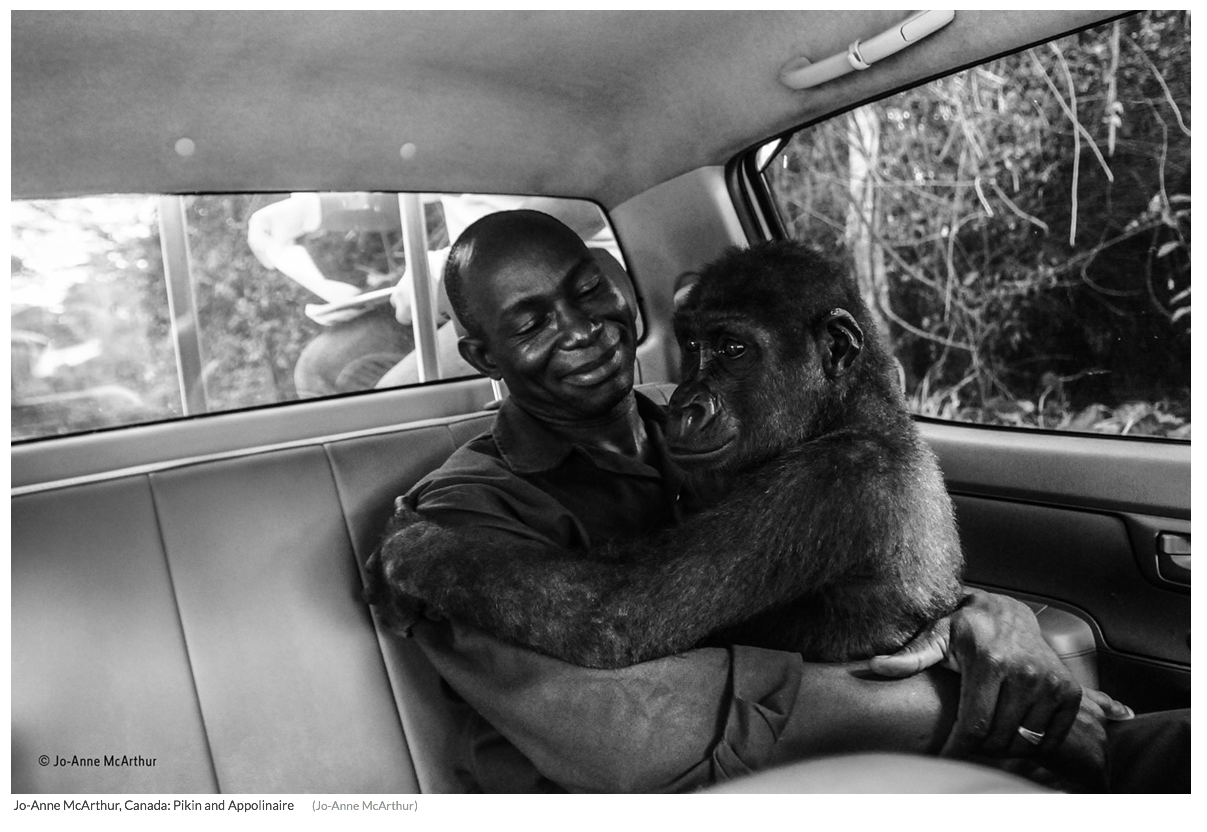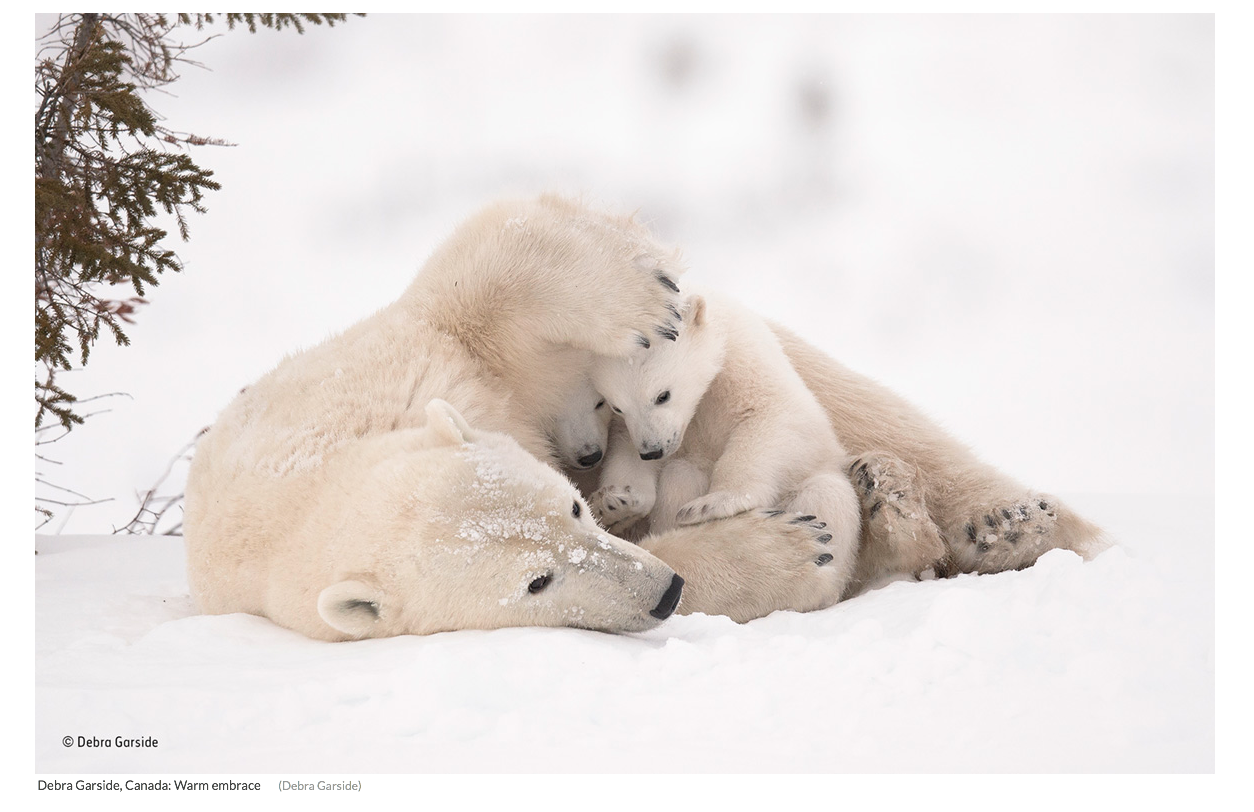If it’s true that a picture tells a thousand words, I’m not about to repeat 1,000 words here telling you about this year’s winners of the World Press Photo Awards. “Show, don’t tell,” as they say in the media business.
What’s more pertinent is why these images won, and what it tells us about the world we live in today.
Getty Images senior staff photographer and special correspondent John Moore won World Press Photo of the Year for his affecting image of a young girl crying at the U.S. border with Mexico.
Swedish photojournalist Pieter Ten Hoopen, of Paris-based agency Agence VU — he also founded the Stockholm-based non-governmental organization Civilian Act — won the World Press Award for Photo Story of the Year, for his series of images depicting the Migrant Caravan of refugees on their passage through Central America, from Honduras, Guatemala and El Salvador to that same U.S.-Mexico border and the possibility of asylum in America — on a wing and a prayer, as it were.
World Press Photo, in other words, an independent nonprofit that supports photojournalism worldwide, has judged that the displacement of people — ordinary, everyday human beings, including many vulnerable children — is the single most important issue facing our time.
Human migration, and climate change.
People who think — or are willing to think, at any rate — know that, deep down, below the surface, climate change is one of the main factors driving mass migration. Climate change results in food insecurity, both caused and exacerbated by weather-related disasters such as droughts, floods and hurricanes, leads to poverty and, inevitably, crime and political instability. Everything is connected — and these pictures tell us that.
Veteran conservation photographer Brent Stirton — a former war correspondent and conflict-zone photographer originally based in South Africa — was recognized with the World Press Photo Environment Award for his striking image of a female special forces park ranger in Zimbabwe, part of an all-female anti-poaching unit, the Akashinga, tasked with stopping the illegal slaughter of rhinos for their horn.
And veteran Hungarian photojournalist Bence Máté, like Stirton a former winner of the London (UK) Natural History Museum’s Wildlife Photographer of the Year Award, won the World Press Photo Nature Award for his sobering image of frogs with severed legs being tossed back into the water after being shorn of their limbs for food, in the Carpathian mountain region of Romania.
Overconsumption. Mass migration, brought on by human desperation. The despoiling of the planet.
These are the issues that jump out. (Interestingly, Moore was a double winner for his image of the crying girl at the U.S.-Mexico border: The picture also won the World Press Photo Award for Spot News.)
There is a point to these images, beyond preaching to the converted. Hope for humanity, even — the better angels of our nature. The state of the planet has never appeared more grim and desperate — not in the history and evolution of Home sapiens, at any rate — and yet these images serve a dual purpose. Uplifting, as well as alarming and cautionary. Understanding them is crucial to knowing and understanding the situation we are now all in. I saw the friendliest of spirits, one witness has said of public marches of public conscience, these streams of humanity marching along the open road and crowding into town squares. There’s an openness, a willingness there, among those on the march, to comfort children, share food, find spaces for older people to sit and rest — small acts of tenderness and mercy, and of humanity.
Perhaps that’s the real strength of these images — not as yet another reason to feel depressed, but rather a clarion call to action, to do something.
There are those in the mainstream media who will dismiss these World Press Photo Awards as yet another example of belabouring the obvious, more grandstanding by the left — but those who took these photos, who witnessed the worst, and best, of what humanity has to offer, know better.
These images appear to tell a simple story on the surface. Look deeper down, though, and they tell a very different story. It is time to challenge those who would do evil.
https://www.worldpressphoto.org/collection/photocontest/winners/2019
@WorldPressPhoto - Twitter





























































































